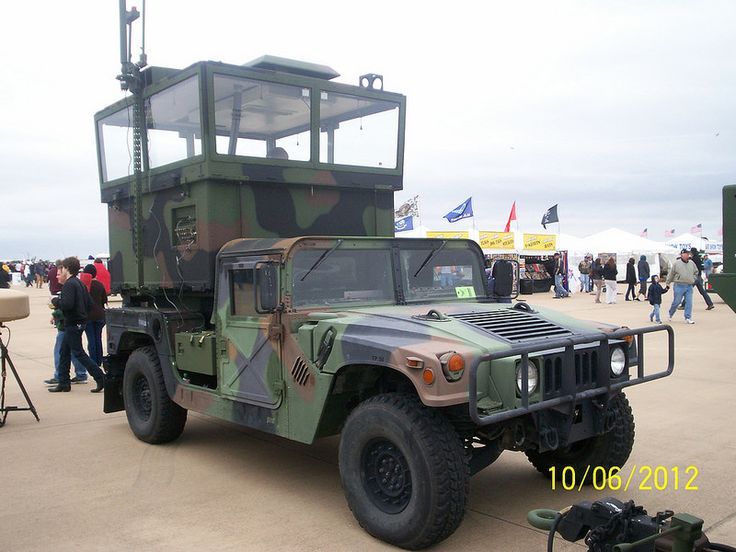So, I can only speak to the F/A-18A-D and EA-18G, but in short, yes, we have both ACLS and ICLS. They are entirely different systems. ICLS is visually identical to civilian ILS in the cockpit, and functions on the same premise. It is an entirely manual precision approach, that can be flown to standard mins of 200' and 1/2 NM. It is bolted to the carrier, and it does not provide requisite precision below that altitude, particularly with a moving deck (it in fact does not compensate for a pitching deck)......glideslope is not accurate as you get inside 1/2 mile. ACLS is a 2 way datalink between the ship and aircraft, that requires the controller to manually "lock up" the jet on approach. From there, command steering signals are sent to the aircraft, which account for ship movement. If desired, the pilot can "couple up", i.e. engage autopilot and let the system fly them into the wires. The approach is generally not perfect, and there are some deviations in glideslope, but it will reliably get you into the wires unless deck pitching is outside limits. In the infinite wisdom of Naval Aviation, ICLS (that has "needles") is called "bullseye", and the ACLS (which puts a small circle in the HUD for guidance and has no traditional "needles") is called "needles". I'll never know why that is what they decided to call each.
Next question, about PAR's and backups and such. For the majority of the approach, you get what is equivalent to a PAR, called a CCA or carrier controlled approach. I'm talking about all this with regard to a case III instrument recovery. You will get vectors to final, and lineup corrections from about 10 miles on. ACLS will normally grab you at about 4-6 miles. By then you have been getting ICLS lineup for a while. So basically if all systems are working, you should have multiple sources by then to get lineup suitcased. At 3 NM you push over. If you have a good handshake with ACLS, you will be directed to fly "mode 2" which is a manual approach primarily referencing ACLS guidance but still hand flying. If you requested a "mode 1" out at range, you would couple up, and let the autopilot do it. Without ACLS, you would be directed to fly "mode 3", which is a combination of self contained altitude numbers and the TACAN, and/or referencing the ICLS. With ACLS/mode 2, most guys still back it up with ICLS. Either way, the controller provides you with glideslope and lineup information like a PAR, until 3/4 mile, when you'll hear something like "303 on course, on glideslope, 3/4 mile, call the ball", at which point you should be visual the fresnel lens, and the approach comms are taken over by the controlling LSO. At that range at night, most guys are still referencing ACLS and/or ICLS, until you can break out the meatball deviations a little better. Assuming you do have the IFLOLS (fresnel lens), you essentially take over visually shortly thereafter if flying a manual approach. If you are flying mode 1, you still monitor your glideslope and lineup visually. If you are still IMC, you call "Clara" and the LSO's will provide you verbal corrections to correct deviations......as in "paddles contact, you're high, work it down" or some such statement.
That all is somewhat changing, now that the Super Hornet has what is referred to "Magic Carpet" or PLM. It is an entirely self contained approach mode that manipulates the flight controls to provide near instant glideslope corrections. To say it is an unprecedented improvement in approach/recovery performance is an understatement, but that is a little beyond the scope of your original question. Anyway, hope that answers it.





